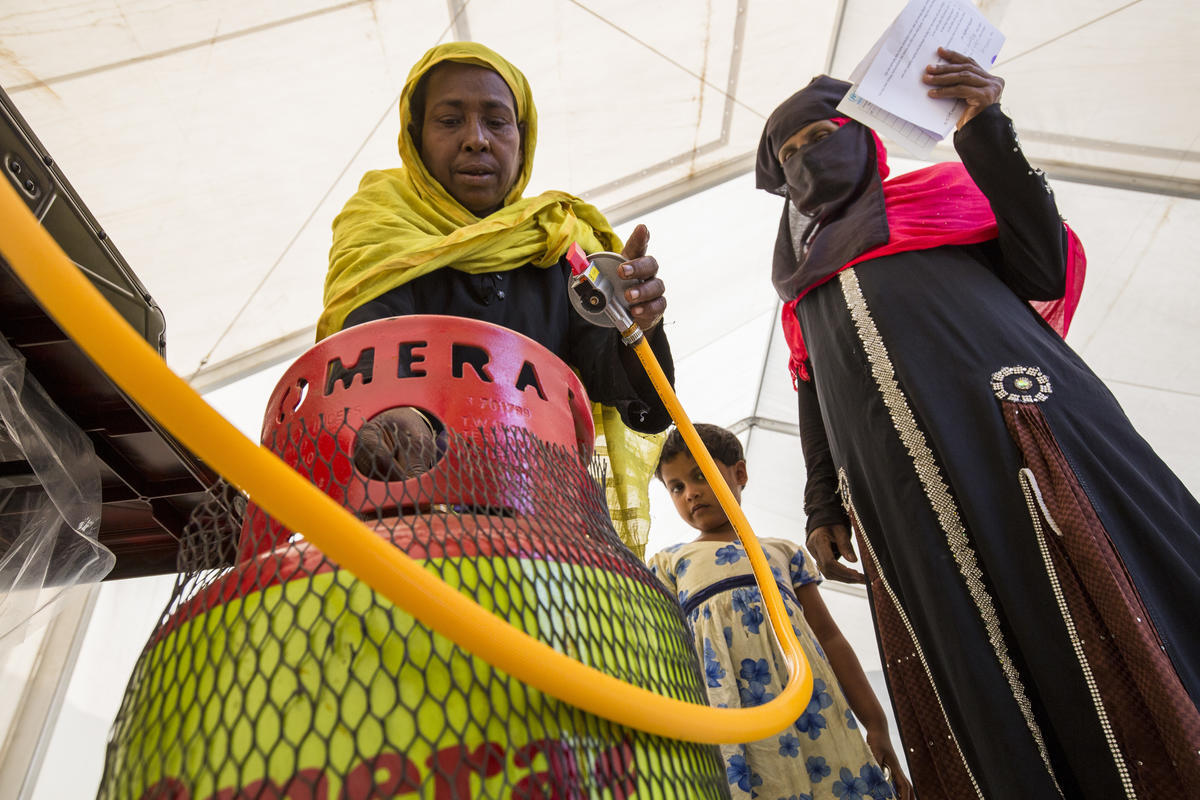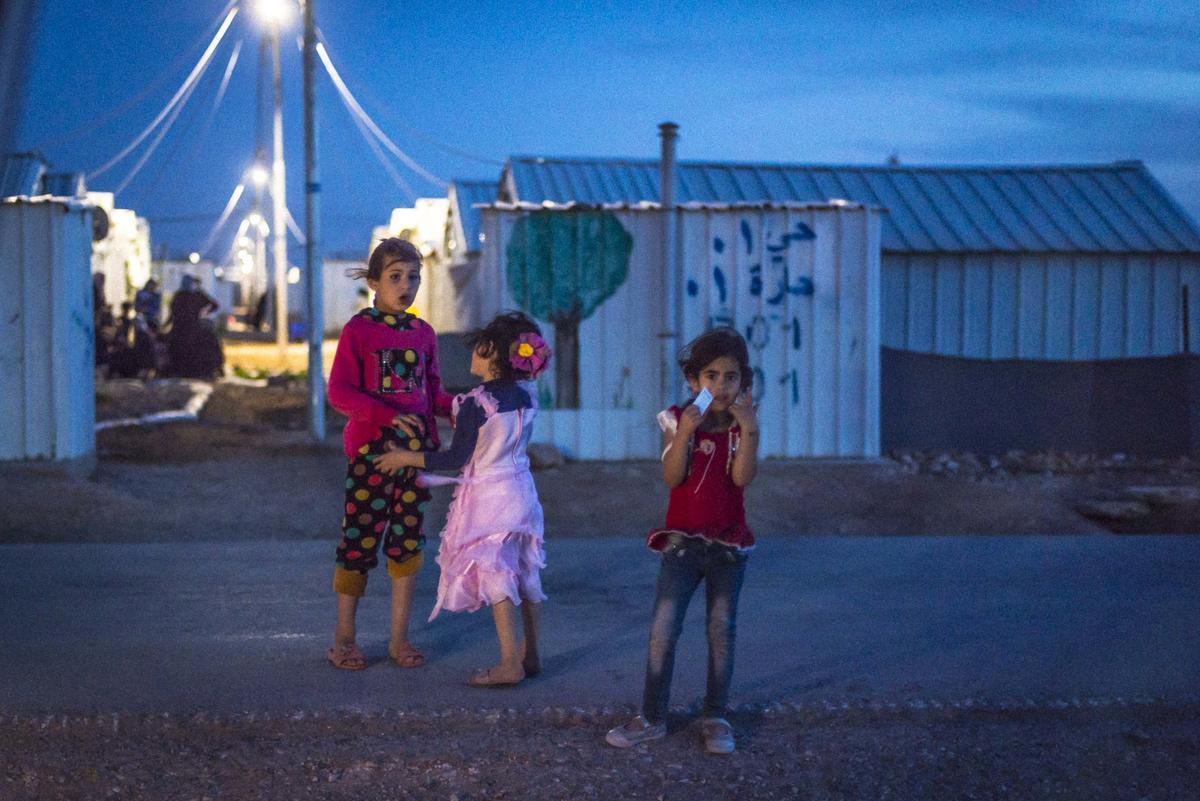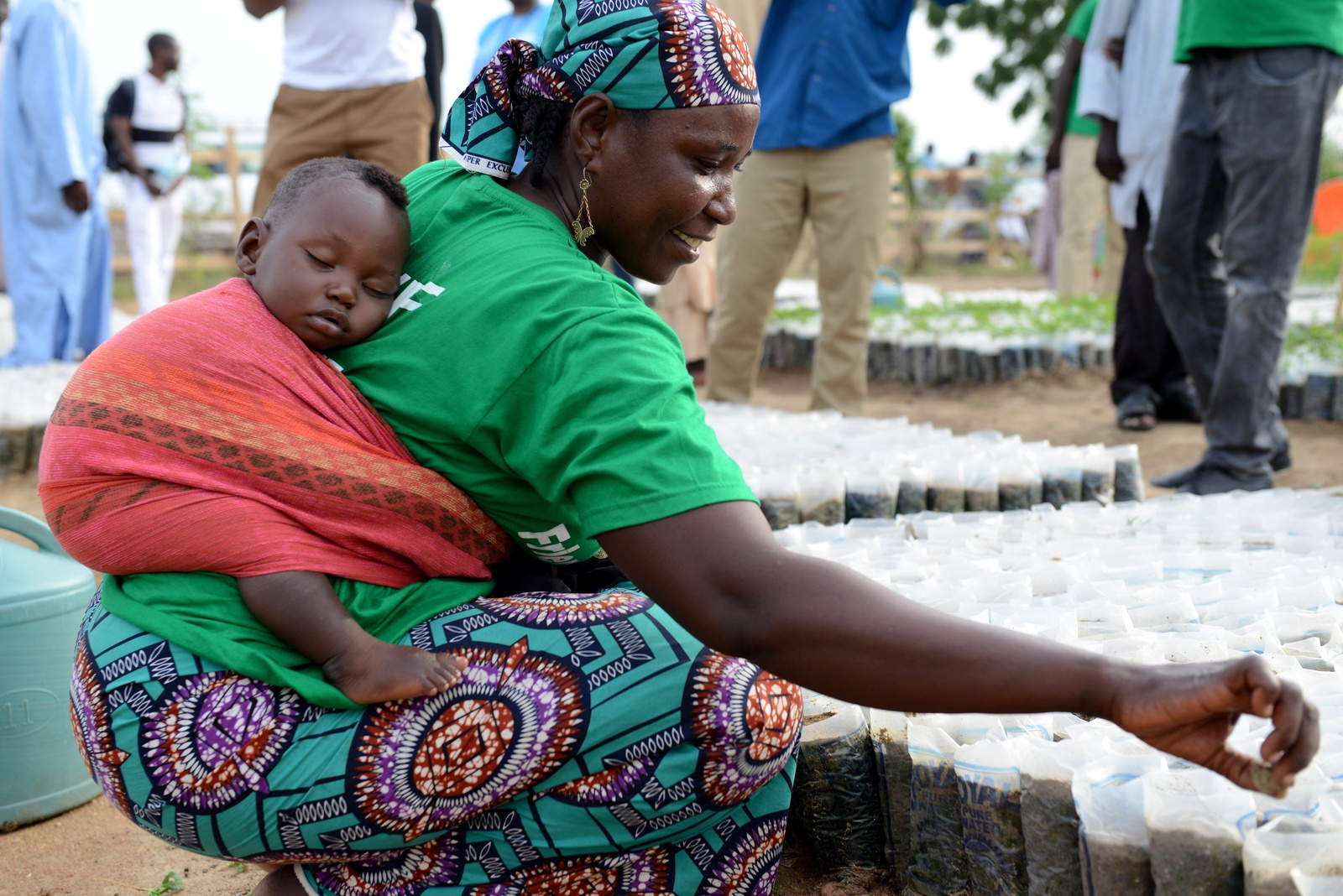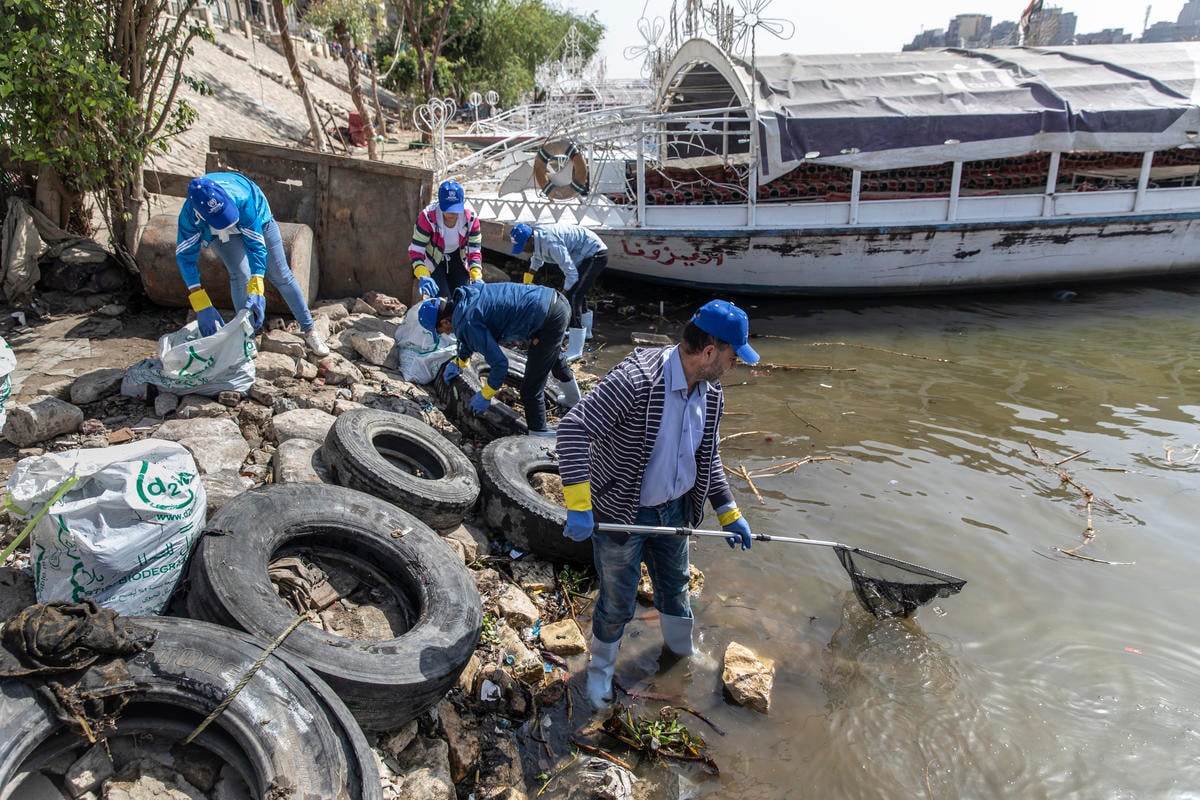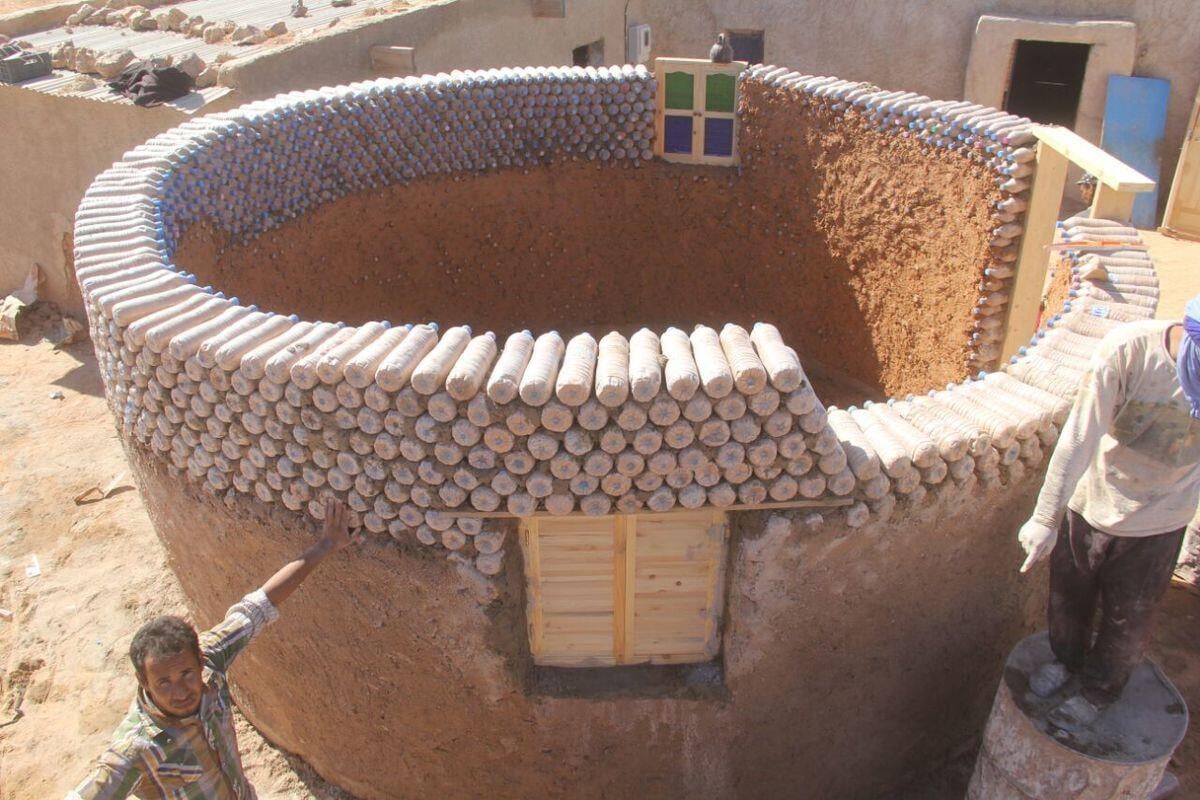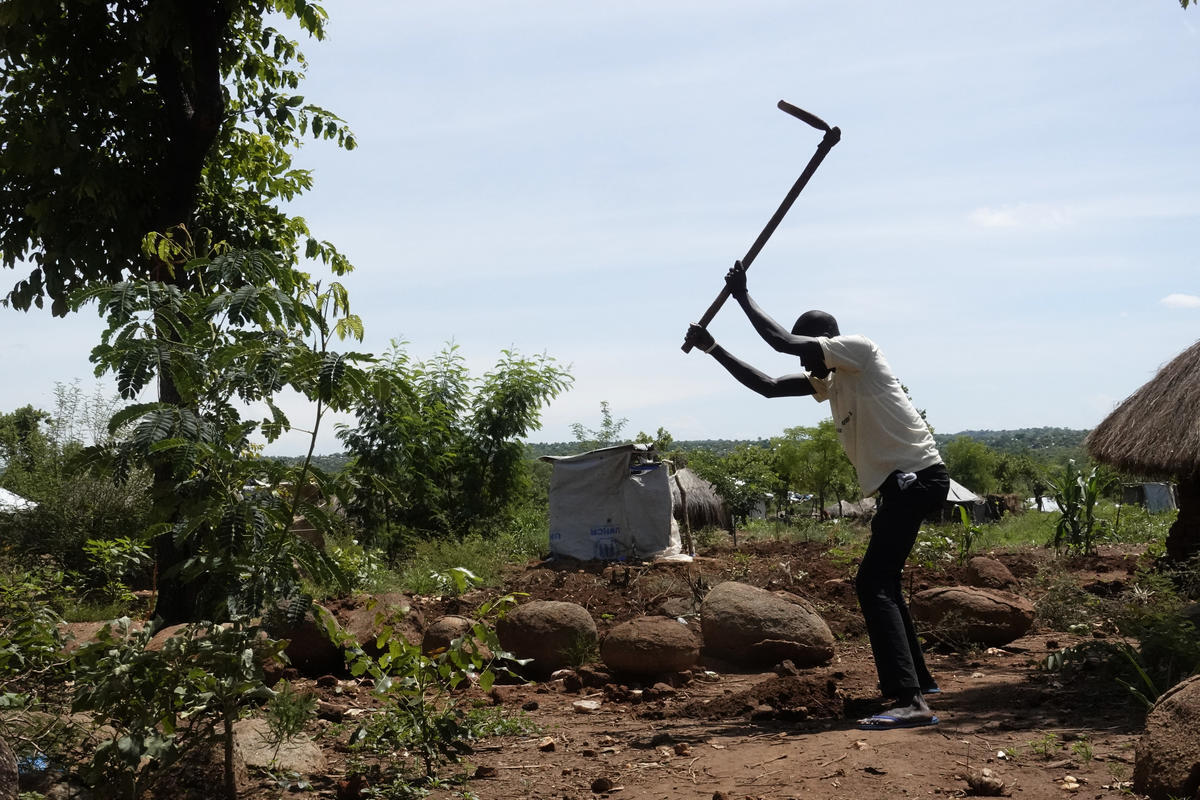Climate change and displacement

Climate change and displacement
They murdered his father, torched his neighbourhood and sent him running for his life. Rounding up as many family members as he could find, Hawali Oumar fled his hometown of Baga, in north-eastern Nigeria, to escape the killers of Boko Haram. Together, they made the journey over the border to the Chadian side of Lake Chad.
Even away from the gunfire, Hawali, a 46-year-old fisherman, found that his problems were not over. With help from UNHCR, the UN Refugee Agency, in the form of a boat, nets and other gear, he has managed to sustain himself and his extended family by plying his trade in his new community. But the once mighty Lake Chad, a source of water and livelihoods for millions of people, has shrunk by 90 per cent since the 1960s. Invasive plants cover half of what is left, making it harder for boats to gain access to the lake. Because of climate change, population growth and unregulated irrigation, the surrounding area suffers from desertification, deforestation and drought.
As a result, life for the communities around Lake Chad gets tougher every year. Violence in the region has driven millions of people from their homes in Chad, Cameroon, Nigeria and Niger. And the swelling population of the displaced must jostle for a meagre share of the area’s dwindling resources.
Hawali’s story is only one illustration of how the world’s displaced are on the front line of climate change. Of the 108 million people who were forcibly displaced at the end of 2022, 70 per cent come from fragile, conflict-affected countries, which are among the most vulnerable to the effects of climate change, and the least able to adapt. The impact of rapid-onset disasters such as hurricanes and cyclones and the more gradual effects of climate change – such as the receding waters of Lake Chad, rising sea levels for coastal communities, longer and harsher droughts, or the creep of desertification – can create new displaced populations and pose challenges for existing ones.
Why the climate crisis matters to refugees and UNHCR
Climate change is adding to and worsening the threats that force people to flee across international borders. The interplay between climate, conflict, poverty and persecution greatly increases the complexity of refugee emergencies. “Forced displacement across borders can stem from the interaction between climate change and disasters with conflict and violence, or it can arise from natural or man-made disasters alone. Either situation can trigger international protection needs,” said Filippo Grandi, UN High Commissioner for Refugees.
The interplay between climate, conflict, poverty and persecution greatly increases the complexity of refugee emergencies.
“The impact of climate change is amplifying vulnerabilities. Those vulnerabilities in many cases are leading to conflict, competition over resources, forcing people to move,” said Andrew Harper, the Special Advisor on Climate Action for UNHCR. “No one is immune to the impact of climate change. But the difference is there are some populations who are more at risk than others.”
Take, for instance, the droughts in Somalia, which along with Al-Shabab-related violence and devastating floods have driven more than 1 million people to flee within the country or trek to Ethiopia and Kenya. Shalle Hassan Abdirahman, a Somali refugee who fled to Ethiopia, survived a spell as a captive of Al-Shabab before he managed to escape. Once free, however, he decided he had no choice but to leave. Al-Shabab had also been forcing him and other farmers to pay a “tax” on their earnings even though drought was already curtailing their livelihoods and leaving them with less to eat. Years ago, the nearby river had overflowed when the rains arrived, nourishing the land and enabling crops to grow. “Now the river has no water and the sky has no rain,” Shalle Hassan said. The river and the weather are in the hands of Allah, he added, but the threats and extortion from Al-Shabab made life intolerable.
Existing refugee populations can also fall victim to climate hazards. The disastrous floods that displaced 8 million people in Pakistan in 2022, also affected Afghan refugees, for instance. UNHCR provided tents, and relief items and sandbags to build defences against flood waters to both refugee and host communities. Similarly, UNHCR has been helping Rohingya refugees in south-eastern Bangladesh to mitigate the effects of monsoon storms, flooding and landslides that have damaged camps in recent years. Fast-growing trees have been planted to stabilize hillsides and refugee volunteers have been trained to move vulnerable people to safer areas when flooding occurs.
But forced displacement itself can be a source of tension and potential conflict if there is added competition for natural resources, land rights, food and water – problems amplified by the effects of climate change. Such issues can weaken relations between refugees and hosting communities, or even force refugees to move again.

As the region of Minawao faces critical deforestation due to the global warming and the human activity of 58,000 Nigerian refugees, the UNHCR and its partners Land Life Company and LWF started a reforestation project. In the next two years, they expect to plant -with the refugees- 20.000 trees in and around the site, using the "cocoon" technology to allow the plants to survive in an hostile environment.
“Climate factors drive people out of their homes but large-scale refugee movements – whether or not climate-induced – have themselves in turn an environmental impact, and refugees are frequently located in climate hotspots,” said Grandi. “At UNHCR, we have worked for years to reduce the environmental impact of refugee crises through renewable energy options, reforestation activities, and access to clean fuels and technology for cooking.”
What does international law say about climate change and refugees?
Most climate-related displacement is internal, not cross-border, but at times people have no other option than to cross borders. When people are displaced across borders solely by the effects of climate-related disasters and natural hazards, they do not generally become refugees under the definition of the 1951 Refugee Convention. The Convention defines a refugee as someone who has crossed an international border “owing to well-founded fear of being persecuted for reasons of race, religion, nationality, membership of a particular social group or political opinion”. Technically speaking, therefore, the term “climate refugee” is something of a misnomer, as it has no basis in international law and does not accurately reflect the complex ways in which climate and human mobility interact.
Where people are displaced as a result of disasters or climate-related factors that are interlinked with conflict or persecution, the 1951 Convention is likely to apply. Some people displaced across borders in the context of climate change or disasters may fall within the definition of “refugee” under regional instruments if and when flight is a result of a serious disturbance to public order. Those who do not may still need international protection, such as temporary protection and stay arrangements, or other forms of residency in the country to which they fled. In 2020, UNHCR published a paper setting out key legal considerations concerning the applicability of international and regional refugee and human rights law when cross-border displacement occurs in the context of climate change and disasters.
In sum, international law can have a role to play in a wide range of situations involving climate change and forced displacement. With more and more people expected to be displaced by environmental factors in the coming years, UNHCR is heavily involved in policymaking and in shaping and adapting legal frameworks in this area.
“Where climate-related displacement occurs, a strong operational response, guided by protection considerations, is often needed. UNHCR will continue to work in inter-agency contexts to support governments, building on our strong expertise in emergency response,” said Grandi. He added that the Global Compact on Refugees, the blueprint for how states should be sharing the responsibility for refugees, called for the inclusion of refugees in disaster risk reduction strategies.

A woman tends to saplings in a tree nursery at Borgop refugee site, home to 18,000 people fleeing violence in Central African Republic. With humanitarian aid running low, UNHCR is urging the international community to increase funding for the CAR situation which (as of June) stands at just $12m of the $179m needed for 2018.
Building a sustainable, climate-friendly legacy
When Cyclone Gombe destroyed his family’s shelter in Corrane site for internally displaced people in Mozambique in March 2022, it was only the last in a succession of disastrous events in Patrício’s life. His village in Mozambique’s northern Cabo Delgado province had been attacked three times by armed groups. During the second attack, his daughter was abducted, and his nephew killed, and during the third attack in July 2020, his home was burned to the ground and some of his neighbours were beheaded.
Besides the conflict being waged by non-state armed groups in Cabo Delgado, Mozambique is extremely vulnerable to climate change. In recent years, cyclones and tropical storms have become more frequent and intense. In 2022, the country endured five such storms, with Gombe alone impacting 736,000 people.
UNHCR, and its partner Caritas, have helped families like Patrício’s to build new, stronger homes that can withstand climatic extremes. The project actively involves displaced people in the design, construction and reinforcement of their new homes, an approach that gives them a sense of ownership and the skills to repair and rebuild in the future.
UNHCR launched its Strategic Framework for Climate Action in 2021 with the goal of scaling up activities to preserve the environment in displacement settings, and helping displaced and host communities to adapt and prepare for a changing climate, including supporting them to develop their own solutions.
What about the agency’s own environmental footprint?
An organization with 20,000 staff working in more than 135 countries clearly has an operational “footprint” with an environmental impact. But we also have the ability and the opportunity to make changes at significant scale. As part of our policy of “Greening the Blue”, UNHCR is working to reduce plastic and paper waste, conserve water and energy, improve the sustainability of our end-to-end supply chain for emergency relief items such as tents, blankets and sleeping mats, and phase out our use of fossil fuels.
UNHCR, the UN Refugee Agency, is a global organization dedicated to saving lives, protecting rights and building a better future for refugees, forcibly displaced communities and stateless people.
This story was updated on 10 October, 2023


